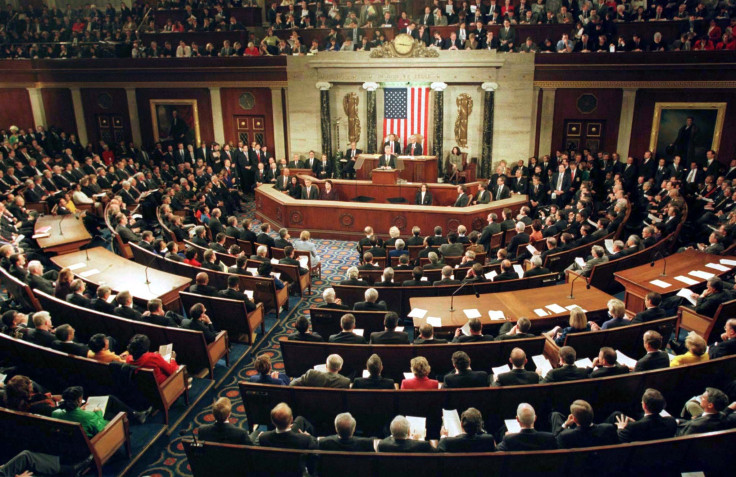State Of The Union Facts: History And Trivia About The President's Annual Message To Congress

President Barack Obama Tuesday is to give the country's 93rd in-person State of the Union address. But there's more to the political event than lofty proposals and interruptions for applause -- it's an American tradition that began centuries ago. Below are 10 obscure State of the Union facts, culled from the U.S. House history webpage, CNN and Vox:
1. It wasn't always called that. From 1790 to 1946, the State of the Union was named "the Annual Message."
2. The tradition is outlined in the U.S. Constitution. Article II, Section 3, Clause 1 states that the president "shall from time to time give to the Congress information of the state of the union."
3. The first radio broadcast of the speech was in 1923 with then-President Calvin Coolidge. The State of the Union wasn't broadcast live on TV until then-President Lyndon Johnson's address 42 years later (watch it here). The first online live stream came under then-President George W. Bush in 2002.
4. Former presidents William Harrison and James Garfield never gave State of the Union addresses.
5. Former President George Washington's annual message was less than 10 minutes long.
6. In the 1800s, then President Thomas Jefferson switched the practice from being a speech to a written message because he hated public speaking. Woodrow Wilson switched it back in 1913.
7. The tradition of inviting guests started in 1982 when then-President Ronald Reagan hosted Congressional Budget Office employee Lenny Skutnik, who helped rescue a passenger after a plane crash. State of the Union guests are now called "Skutniks."
8. The longest State of the Union address was given by former President Harry Truman in 1946. It was more than 25,000 words.
9. On Jan. 27, 2000, former President Bill Clinton was interrupted by applause 128 times.
10. One person in the president's cabinet does not attend the State of the Union in case of a catastrophe that renders everyone gathered unable to work. Last year, that person was Ernest Moniz from the energy department.
© Copyright IBTimes 2024. All rights reserved.





















